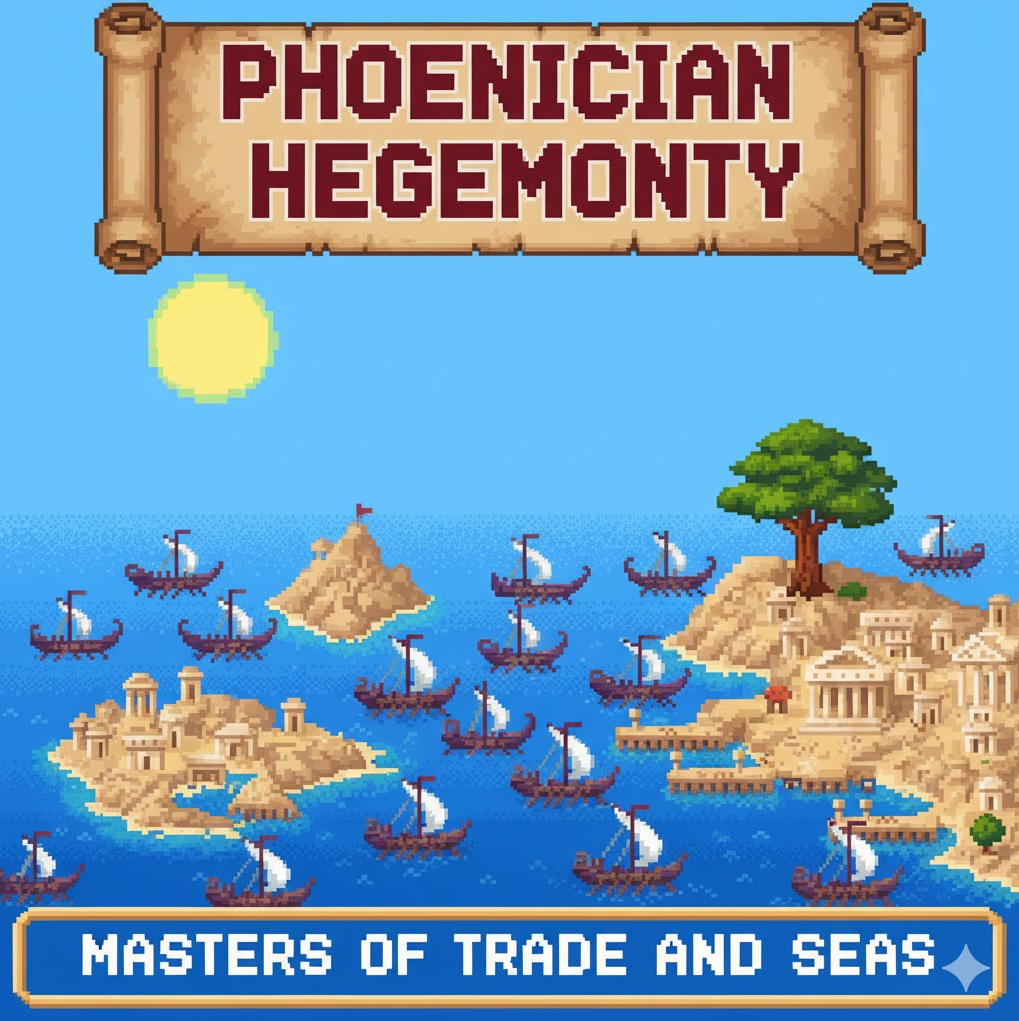The Phoenician Use of Crucifixion
Crucifixion was not an invention of the Phoenicians. Historical evidence suggests the practice likely originated with earlier Mesopotamian civilizations, such as the Assyrians and Babylonians, and was systematically used by the Persians.
However, the Phoenicians and their Carthaginian descendants were significant users of this severe form of capital punishment. They employed it for executing captured enemies, rebels, and, notably, for punishing generals who failed dramatically in battle. The Phoenicians are historically credited with introducing or popularizing the practice in the Western Mediterranean, where it was later adopted and perfected by the Romans in the 3rd century BCE. In this way, while not the inventors, they were crucial intermediaries in the spread of the punishment.
The Trading Class: Phoenicians vs. Greeks and Romans
The structure of the trade-oriented class in Phoenician society differed significantly from that of the Greek city-states and the Roman Republic.
Greek and Roman Context
- In Greece, particularly in early democratic Athens, the political elite often associated high status with land ownership, sometimes fostering a social attitude that undervalued merchants, who might come from lower social strata. While Rome developed powerful classes of businessmen (like the Equites), political power was initially concentrated with the Patrician (land-owning) class. The traders formed a highly mobile and literate "middle class" but were often distinct from the hereditary ruling aristocracy.
Phoenician Context
- For the Phoenician city-states (like Tyre and Sidon), the commercial class was not merely a middle class; it constituted the **ruling elite**. Mercantile success and inherited wealth from trade were the primary foundations of aristocracy. The most prominent merchants and financiers were often members of the Council of Elders or Senate—the very body that governed the city. Thus, the mobile, literate, trade-oriented business class *was* the aristocracy, making it a powerful and unique form of mercantile leadership in the ancient world.
The Oligarchic Structure
Oligarchy —defined as "rule by the few"— was the predominant form of government, especially as the cities matured and expanded their commercial networks.
This system typically involved a delicate balance of power:
- Shift from Monarchy: Many city-states started with priest-kings, but over time, power shifted away from absolute monarchs toward a council structure.
- Council of Elders/Senate: Governance was typically vested in a council, or senate, composed of representatives from the wealthiest and most established merchant families. These individuals held lifelong positions, providing stability and continuity for the trade-focused government.
- Elected Magistrates: In successor states like Carthage (a Phoenician colony), a system evolved with annually elected magistrates (suffetes), whose power was checked by the aristocratic council.
This oligarchic system institutionalized the influence of wealth and commerce, ensuring that political decisions prioritized the economic stability and growth of the vast Phoenician trading empire.

